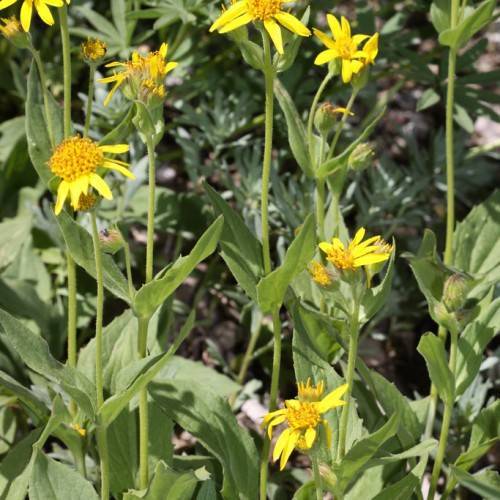
Sticky Arnica
Arnica ovata
Watering:
Average
Hardiness Zone:
Flowers:
Flowers
Sun:
Sun
Soil:
Sand
Leaf:
Yes
Growth Rate:
Low
Drought Tolerant:
Yes
Care Level:
Medium
watering
This species of plant benefits from moderate watering, especially during warm temperatures. Water once or twice a week during the summer months and once a month during the winter months to ensure a healthy and thriving plant. When watering, avoid soaking the plant and check to see if the soil is dry before adding water. Lake Louise Arnica prefers well-draining soil, so ensure that the soil is not constantly saturated with water. Do not let the plant stand in standing water.
sunlight
Lake Louise Arnica (Arnica louiseana) prefers full sun for optimal growth. It should receive at least 6 hours of direct sunlight per day or 8 to 10 hours of diffuse light. The plant will grow in partial shade but will not bloom as profusely in these conditions. For best results, protect from excessive midday heat and provide adequate air circulation.
pruning
Lake Louise Arnica (Arnica louiseana) is a low-growing flowering plant native to the Rocky Mountains and can be found in Alberta, Montana and Wyoming. Pruning should begin in late spring and early summer after the plant is established and actively growing. To encourage new growth, prune back the shoots and foliage to within a few inches of the base of the plant. Regularly pruning spent bloom stalks and cutting down overly long stems of foliage can help maintain the shape and size of the plant. Pruning can also be done in mid-summer to keep the plant tidy and healthy or before winter to reduce disease, insect and wildlife damage. Pruning Lake Louise Arnica too severely, however, can reduce floral display and damage perennials in the process. As a general rule, no more than 1-third of the foliage should be removed during any 1 pruning period.
